When shooting interiors, real estate, or landscape photography, HDR blending is often the difference between a dull photo and one that pops with lifelike depth.
Instead of relying on a single exposure, HDR (High Dynamic Range) blending combines multiple shots at different exposures — capturing shadows, midtones, and highlights in one seamless image.
But blending exposures well is both an art and a science. That’s why many photographers, agencies, and businesses rely on professional HDR editors or dedicated software to handle it with consistency.
Below, we break down the top 10 HDR blending services and tools, including your own service, Pixel Retouching — each entry written with real use cases, turnaround times, and who it’s best for.
1. Fotor
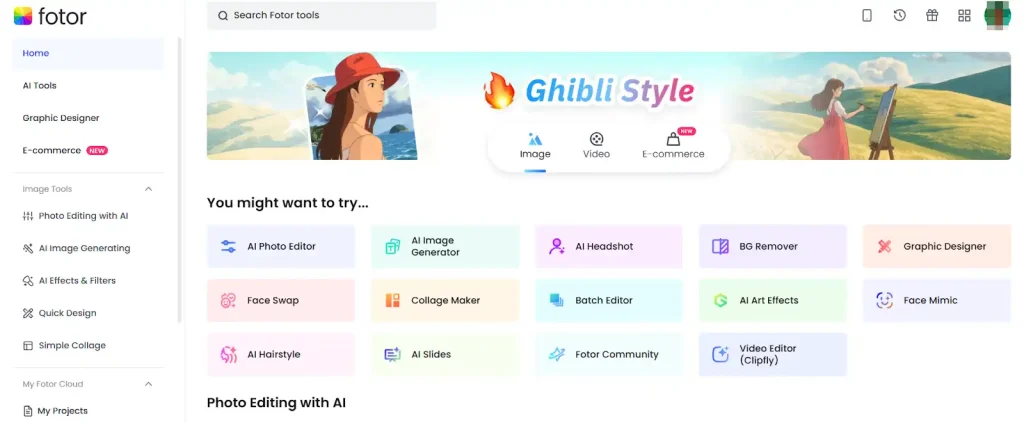
Best for: Quick, no-fuss online HDR edits
Fotor is a free online HDR tool designed for casual users. It lets you upload 3 photos with different exposures and automatically blends them using AI-powered tone mapping, alignment, and ghost reduction.
Turnaround: Instant (browser-based tool)
Strength: No installation needed, very beginner-friendly
Used by: Hobby photographers, content creators, bloggers
If you want fast results without installing anything, Fotor is perfect. But it’s not ideal for high-end commercial work or large batch processing.
2. Pixel Retouching

Best for: High-end HDR blending for real estate, interiors, and product work
Pixel Retouching offers professional HDR image blending services for photographers, real estate firms, and eCommerce brands who want natural, detailed exposure merges with color accuracy and sharpness.
Turnaround: 24–48 hours (faster options available on request)
Strength: Hand-blended exposures with retoucher attention
Used by: Real estate photographers, interior designers, eCommerce studios
Unlike AI tools, Pixel Retouching uses manual blending and tonal adjustments to ensure no detail is lost in highlights or shadows. Whether you’re shooting homes or high-end interior decor, we offer consistent HDR output that looks crisp, true to life, and ready for publication.
3. Luminar Neo (Aurora HDR)
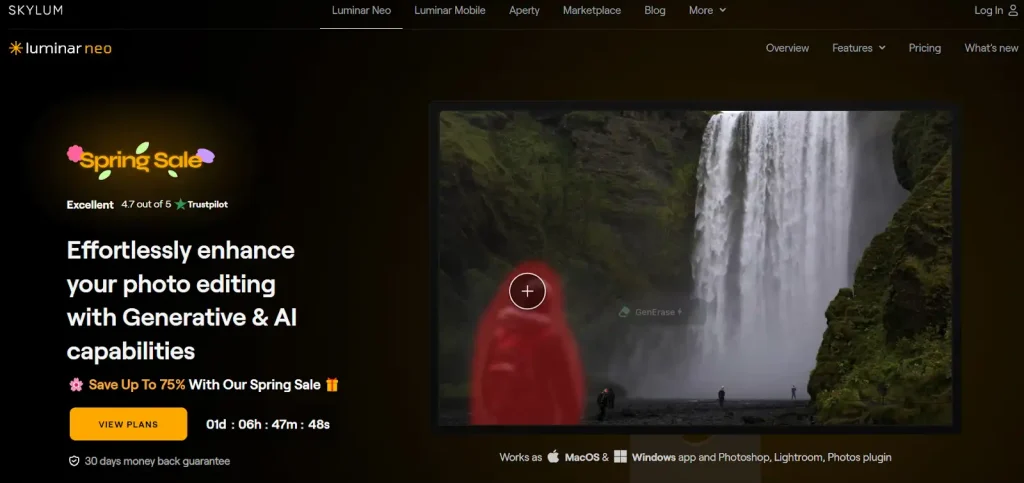
Best for: Creatives needing flexibility and control
Aurora HDR, now part of Luminar Neo, remains one of the most powerful desktop-based HDR editors. You can merge up to 10 exposures, apply creative presets, and take advantage of AI ghost removal and automatic alignment.
Turnaround: Manual, desktop processing (typically 10–20 mins per batch)
Strength: Combines HDR merging with advanced photo editing in one app
Used by: Landscape photographers, fine art creators, digital artists
Aurora HDR is loved for its beautiful tone mapping and natural look. If you want both control and creative freedom, it’s one of the best investments — but it comes with a learning curve.
4. Photomatix Pro
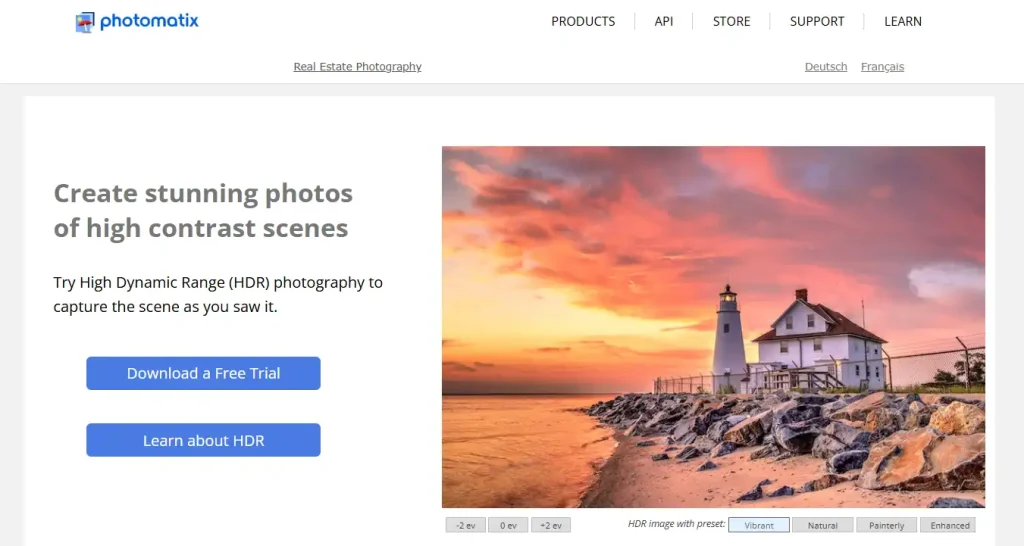
Best for: Real estate and handheld HDR workflows
Photomatix Pro is a longtime favorite among photographers. It supports batch processing, handheld alignment, and a range of tone mapping options from subtle to dramatic.
Turnaround: Manual, local processing (10+ mins per set)
Strength: Stable, dedicated HDR tool with years of development
Used by: Real estate photographers, architectural shooters
It’s not flashy, but Photomatix is dependable. It doesn’t come with much creative editing, but for merging brackets with minimal fuss, it’s a pro-level choice.
5. Nik HDR Efex
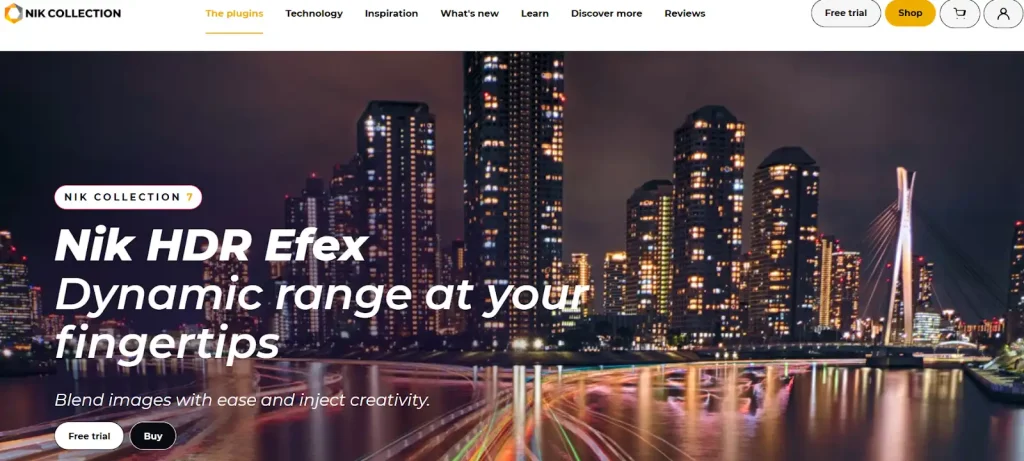
Best for: Adobe users wanting artistic control
HDR Efex is part of the Nik Collection by DxO — a plugin suite designed to work inside Lightroom and Photoshop. It gives you creative presets, advanced local controls, and support for raw files.
Turnaround: Depends on Photoshop workflow
Strength: Seamless integration with Adobe workflows
Used by: Designers, fine art photographers, print professionals
HDR Efex gives more room for creative effects than Photomatix or Aurora. But since it’s a plugin, it depends on your Adobe subscription.
6. Adobe Lightroom Classic
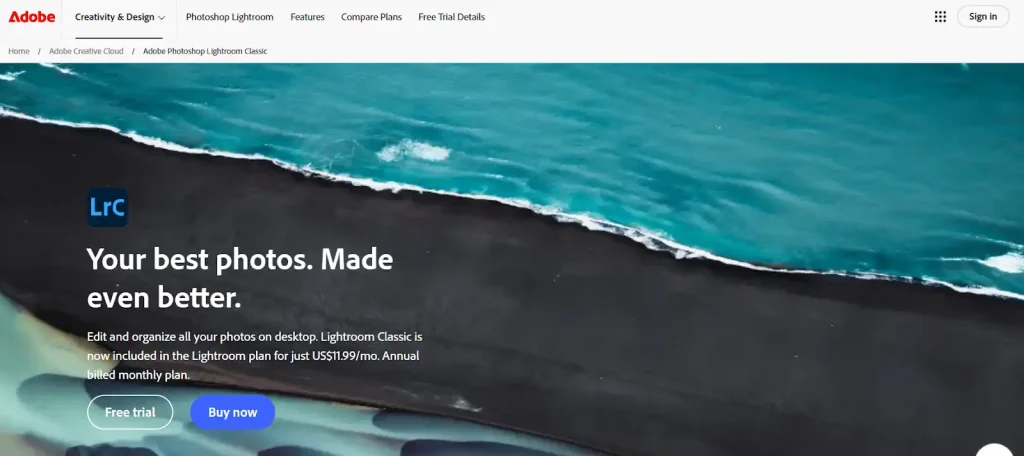
Best for: Professionals who already manage images in Lightroom
Lightroom’s HDR Photo Merge tool allows you to combine exposures directly in your existing catalog, with auto-align, deghosting, and raw support. While it’s not as customizable as Aurora or HDR Efex, it’s incredibly convenient.
Turnaround: Instant within Lightroom (2–5 mins per merge)
Strength: Integrated into cataloging and editing workflow
Used by: Professional photographers, retouchers, real estate editors
If you’re already using Lightroom, its HDR feature saves time and keeps your editing workflow efficient. But it lacks some creative flexibility compared to dedicated tools.
7. EasyHDR
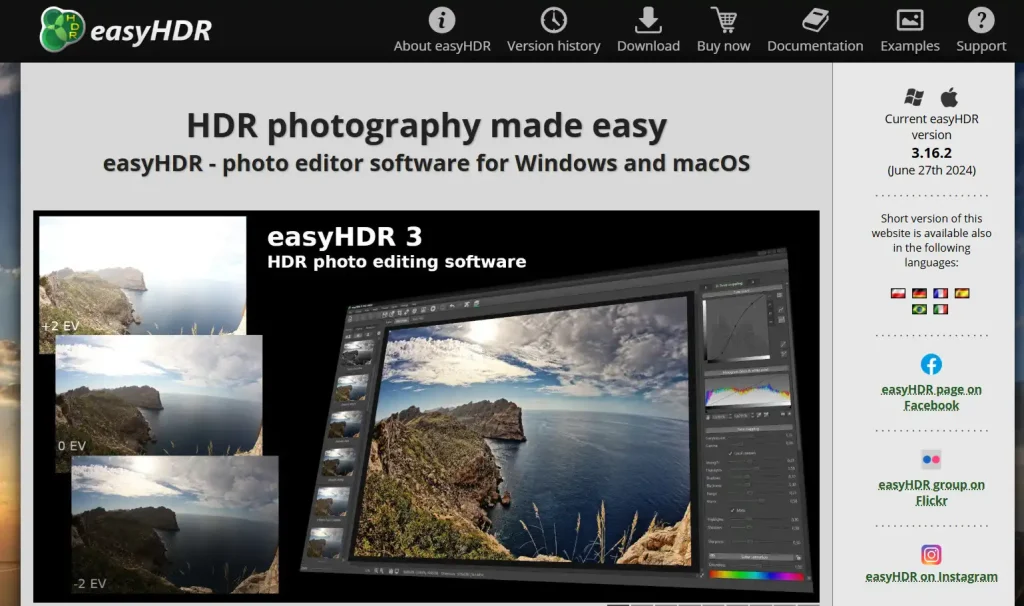
Best for: Simplicity without losing quality
EasyHDR is a lightweight and affordable HDR app with a simple interface, useful presets, and surprisingly strong results. It supports RAW files, auto-aligns exposures, and outputs very natural-looking images.
Turnaround: Manual desktop workflow (5–10 mins per set)
Strength: Minimal learning curve, low system requirements
Used by: Amateur photographers, bloggers, content creators
If you want clean HDR blending without fancy tools, EasyHDR delivers good value. It’s not built for batch workflows or deep editing, but it gets the basics right.
8. ON1 HDR
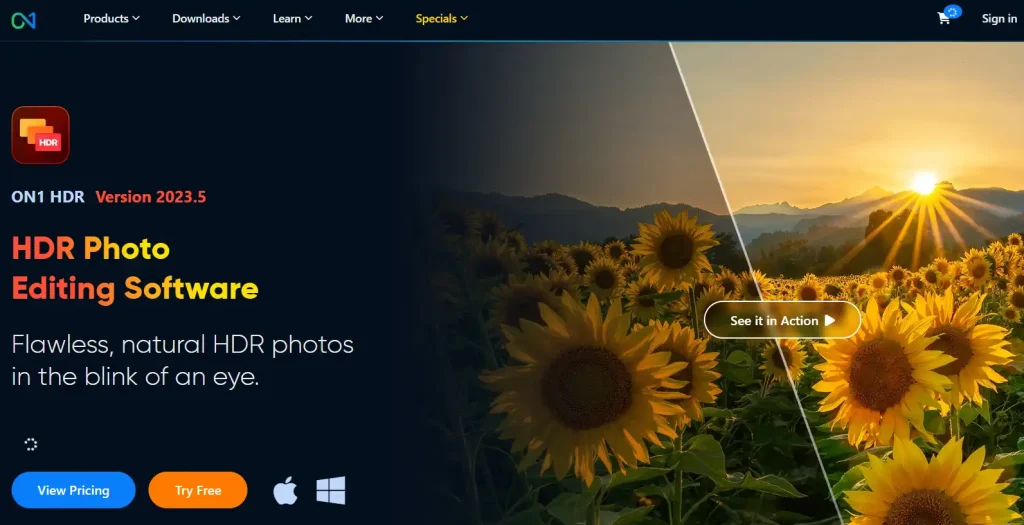
Best for: Batch HDR workflows with local editing options
ON1 HDR can work as a standalone app or plugin, which makes it flexible for different setups. It includes batch merging, AI auto-alignment, and local tone control, plus it’s fast even with large files.
Turnaround: Fast (desktop-based, multi-image processing)
Strength: Local adjustments + speed for high-volume workflows
Used by: High-volume shooters, ON1 users, commercial photographers
For photographers already using ON1 Photo RAW, HDR integration is seamless. It’s not as widely known as Photomatix or Aurora, but the speed and local adjustment tools make it an efficient option.
9. PhotoUp

Best for: Real estate HDR outsourcing
PhotoUp is a real estate-focused editing service with teams in the Philippines and U.S.-based support. They handle exposure blending, lighting correction, sky replacements, and even object removal.
Turnaround: 12–24 hours
Strength: Real estate specialization, with consistent turnaround
Used by: Realtors, real estate photographers, property managers
If you shoot real estate, PhotoUp is made for you. Their HDR service is tuned specifically to interiors and architecture, with prices typically starting at $1.50 per image.
10. Photo Alter

Best for: Affordable HDR editing at scale
Photo Alter offers exposure blending, panorama stitching, and dedicated editor packages at budget-friendly rates. Their services include HDR from 3–7 exposures and turnaround within a day.
Turnaround: 12–24 hours
Strength: Dedicated retouchers and low hourly pricing
Used by: Agencies, volume editors, real estate companies
If you’re editing large batches and need cost-effective, consistent HDR blending, Photo Alter’s $7/hour dedicated editor model offers good value, especially if you’re processing dozens of properties per week.
11. Retouch Pilot
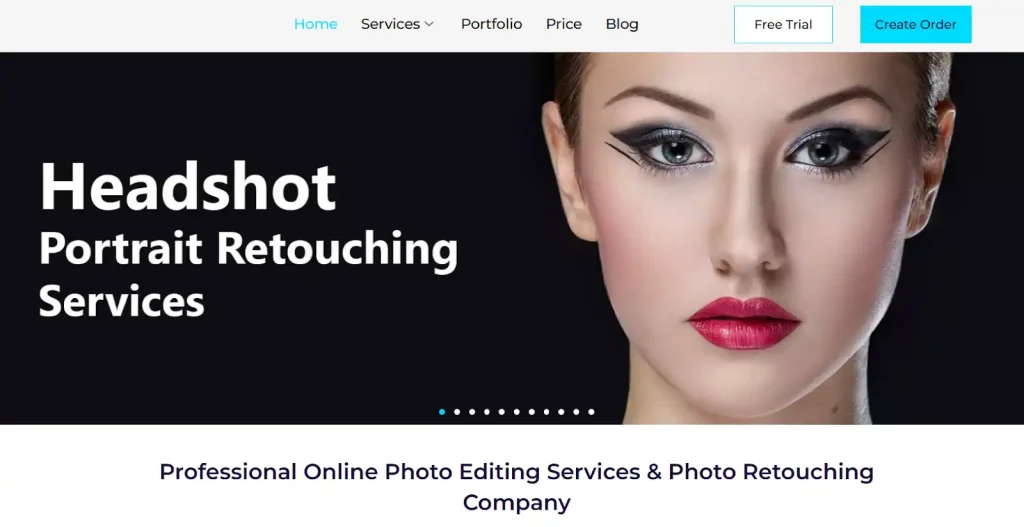
Best for: Blended HDR and portrait-style edits
Retouch Pilot handles HDR blending of 3–5 bracketed images, along with focus stacking, color correction, and portrait-quality skin retouching. Their team blends both technical and aesthetic skills.
Turnaround: 24 hours
Strength: HDR with a beauty retouching angle
Used by: Product photographers, portrait shooters, boutique agencies
If you need HDR blending with a polished, editorial look, Retouch Pilot brings retouching finesse into the HDR workflow, especially helpful for fashion, commercial, or luxury product imagery.
Final Take
If you’re looking for natural HDR blending that balances light and shadow without looking fake or overdone, the right tool or service depends on your workflow. For consistent, human-quality HDR blending for real estate, eCommerce, or product works, try Pixel Retouching today.
FAQ
What is HDR blending in photography?
HDR blending combines multiple exposures (e.g., underexposed, normal, and overexposed images) into one balanced photo that retains details in shadows and highlights.
Which industries use HDR image editing?
Primarily used in real estate, interior design, architecture, landscape photography, and increasingly in eCommerce for shiny or textured products.
How is HDR blending different from tone mapping?
Blending merges exposures manually or semi-automatically, while tone mapping adjusts contrast and brightness in a single HDR image to make it look more natural or stylized.
Can I automate HDR blending?
Yes — software like Lightroom, Photomatix, Aurora HDR automates the merging. But for detailed results, manual blending by professionals is more consistent, especially with tricky lighting or color casts.